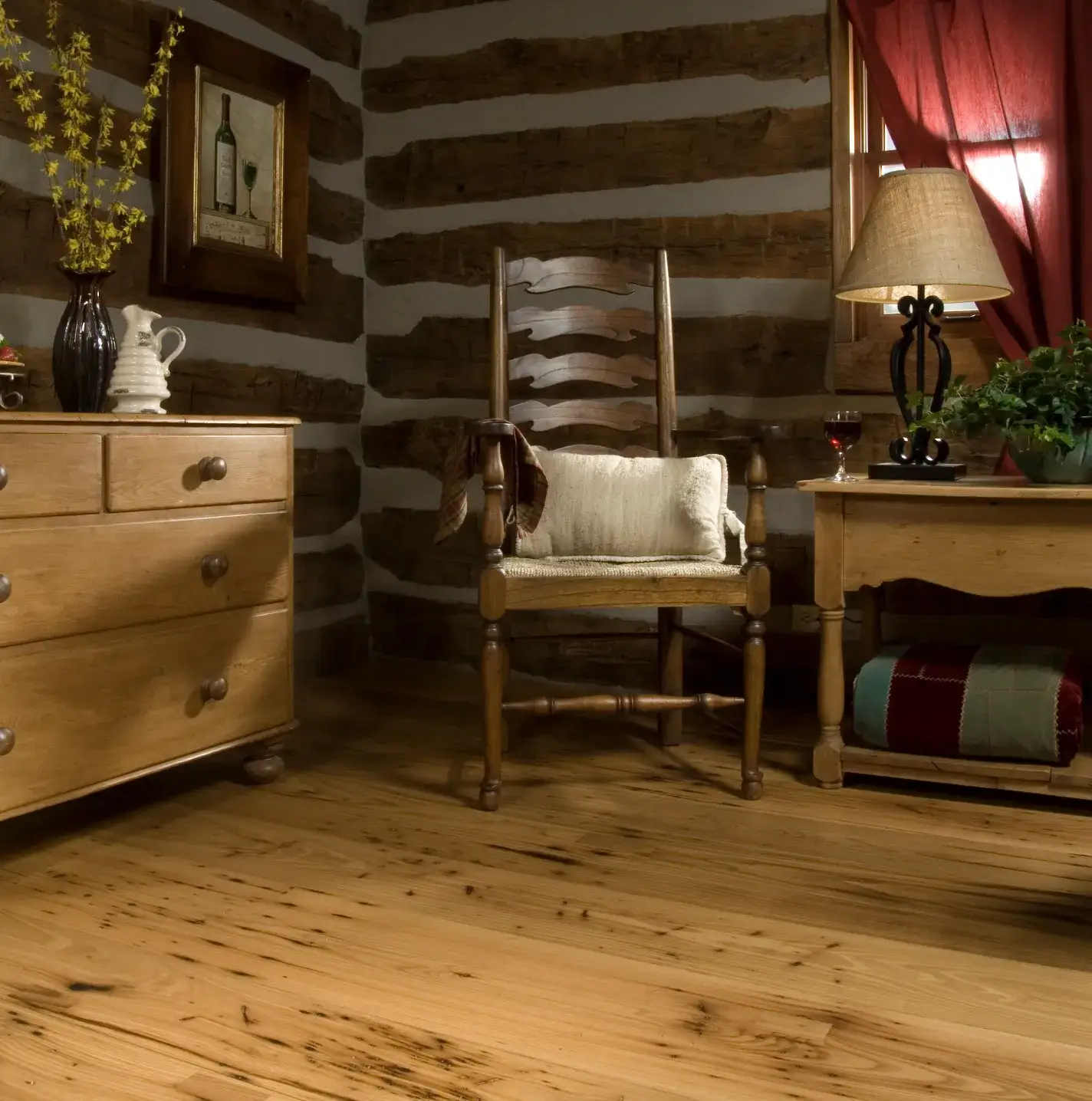AMERICAN CHESTNUT
THE GREATEST LOSS TO AMERICA
In Colonial times, American Chestnut was preferred for log cabin foundations, fence posts, flooring, and caskets. Later, railroad ties, telephones, and telegraph poles were of chestnut. Many of these are still in use today. American Chestnut once dominated a significant part of the eastern U.S. forests. At nearly four billion, the tree was among the largest, tallest, and fastest growing there.
American Chestnut grew rapidly and attained huge sizes. It was often an outstanding feature in both urban and rural landscapes. American Chestnut was rot-resistant and straight-grained. And, it was suitable for furniture as well as fencing, and all forms of building materials. In Colonial times, log cabin foundations, fence posts, flooring, and caskets were all made of American Chestnut. Also, it served as railroad ties as well as both telephone and telegraph poles. Many of these items are still in use today.
American Chestnut was a significant contributor to rural agricultural economies everywhere it grew. Hogs and cattle were fattened for the market with them. Nut-ripening and gathering closely coincided with the holiday season. Late 19th-century newspapers featured articles about “railroad cars overflowing with chestnuts to be sold fresh or roasted” in major cities.
CAN AMERICAN CHESTNUT MAKE A COMEBACK?
Over 100 years ago, almost 4 billion American chestnut trees grew in the eastern U.S. They dominated the forests from Maine to Florida. Timber sawn from these massive trees helped build the entire country. They were used in everything from homes to railroad ties. The massive chestnuts fed both animals and people. Then, unexpectly, about 100 years ago, a vicious asian pathogen wiped out virtually all of them.
However, scientist are now saying that Chestnut could make a comeback, thanks to modern science and genetic engineering. And, there are a great many people that believe in that possibility. The American Chestnut Foundation along will a growing number of volunteers are making strong efforts every day to help the American Chestnut regenerate and re-enter the American marketplace.


